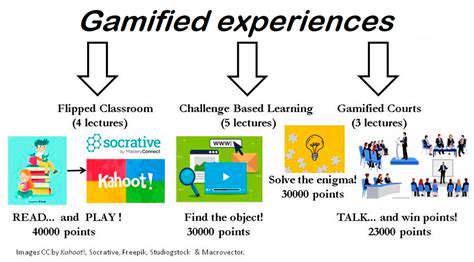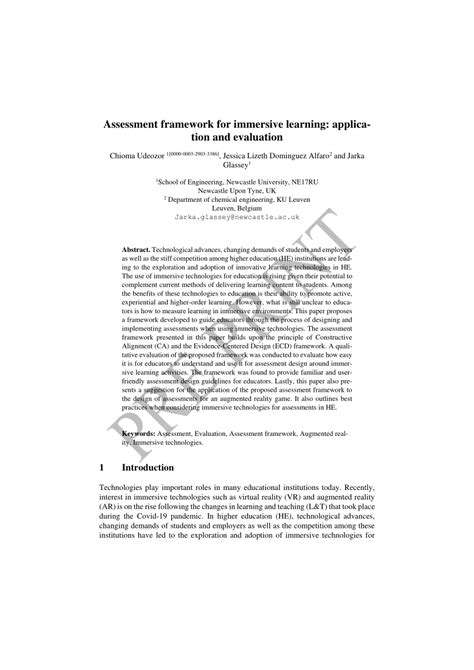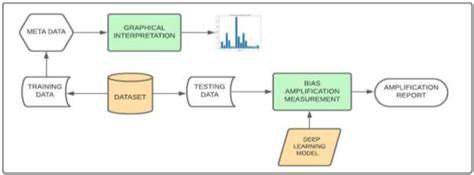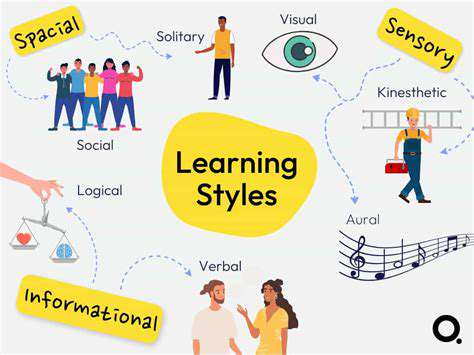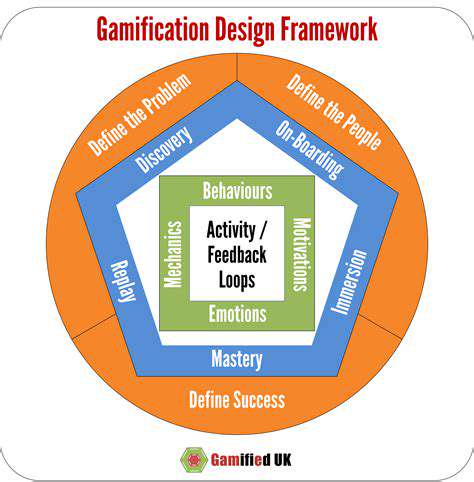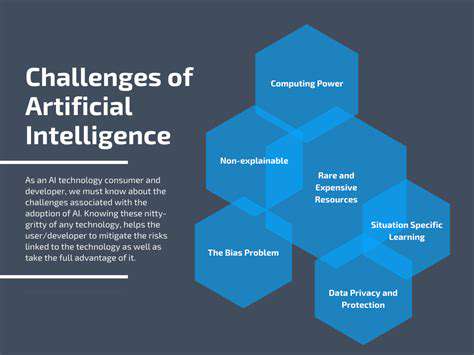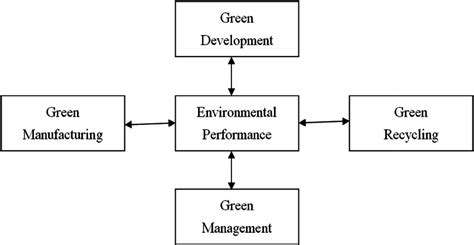Gamification for Environmental Awareness in Education
Crafting Immersive Gameplay for Environmental Education
Foundational Elements of Impactful Eco-Learning Games
Developing compelling game mechanics for environmental education requires more than superficial reward systems. Truly effective environmental learning experiences must weave educational content naturally into gameplay while respecting players' intrinsic motivations. The most successful implementations create scenarios where environmental understanding becomes the key to overcoming challenges, rather than treating knowledge acquisition as a secondary benefit.
Accessibility remains paramount in environmental game design. Players arrive with varying degrees of ecological literacy, necessitating adaptive difficulty systems and clear explanations of complex concepts. Thoughtful design accommodates this diversity while maintaining engagement across skill levels, creating inclusive experiences that foster genuine environmental stewardship. Cultural considerations must also inform design choices to ensure global relevance and avoid problematic representations of environmental issues.
Strategic Implementation of Engagement Mechanics
Gamification elements serve their purpose when deeply integrated with learning objectives, not when tacked on as afterthoughts. While points and badges can motivate, their true value emerges when they represent meaningful progress toward environmental understanding. Reward structures should highlight milestones like completing sustainability challenges or mastering complex ecological concepts rather than superficial achievements.
Narrative elements transform abstract environmental issues into compelling personal journeys. A well-crafted story allows players to experience ecological consequences and solutions firsthand, creating emotional connections that lecture-based learning cannot match. This narrative approach makes complex systems tangible, whether demonstrating the ripple effects of pollution or the long-term benefits of conservation efforts.
Effective feedback systems complete the learning loop, offering players clear indicators of their growing environmental literacy. These mechanisms should highlight both successes and areas needing improvement, reinforcing the connection between gameplay decisions and ecological outcomes. Timely, specific feedback helps players refine their approaches and understand the real-world implications of their in-game choices.
Seamlessly Incorporating Ecological Themes into Interactive Media
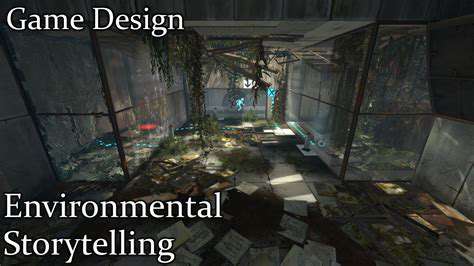
Sustainable Design Principles for Modern Development
Environmental integration in design has evolved from optional feature to essential practice. Truly sustainable design examines the complete lifecycle of products and experiences, from material sourcing to end-of-use scenarios. This comprehensive approach minimizes ecological footprints while often uncovering innovative solutions that benefit both creators and users.
Material selection represents a critical decision point in sustainable design. Prioritizing recycled content and renewable resources reduces environmental impact while frequently offering comparable or superior performance to traditional materials. Designers must evaluate not just immediate costs but long-term ecological consequences of their material choices.
Energy-Conscious Development Practices
Energy efficiency should inform design at every scale, from individual game mechanics to overall system architecture. Thoughtful implementation can dramatically reduce computational demands without compromising player experience. Techniques like dynamic resource loading and optimized rendering pipelines demonstrate how technical decisions align with environmental responsibility.
Waste Reduction Through Smart Design
Effective design anticipates and minimizes waste throughout the development process and product lifecycle. Modular systems and clear documentation extend the useful life of game assets, while standardized formats facilitate future updates and adaptations. This approach mirrors ecological systems where nothing goes to waste, creating value from what others might discard.
Fostering Cooperative Learning Through Interactive Experiences
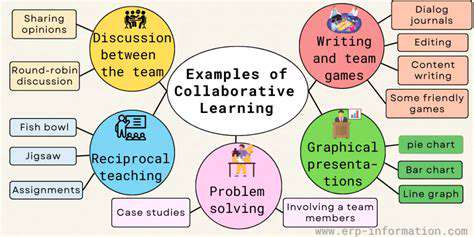
Cultivating Effective Team Dynamics
Successful collaboration begins with psychological safety. Teams perform best when members feel empowered to share ideas without fear of judgment, creating an environment where diverse perspectives combine to solve complex environmental challenges. Clear communication protocols and shared digital workspaces help maintain this productive atmosphere across distributed teams.
Structured Collaboration Frameworks
Well-defined roles and responsibilities prevent overlap while ensuring comprehensive coverage of project needs. This structure empowers individuals while maintaining collective accountability, particularly important when tackling multifaceted environmental issues. Regular check-ins and transparent progress tracking keep all stakeholders aligned and engaged throughout the development process.
Knowledge Sharing as a Growth Engine
Institutional knowledge represents one of the most valuable assets in any learning environment. Systematic knowledge sharing prevents silos and accelerates collective understanding of environmental concepts. Digital documentation, peer mentoring programs, and structured debrief sessions all contribute to this continuous learning cycle.
Evaluating Effectiveness and Evolving Educational Approaches
Measuring What Truly Matters
Effective assessment moves beyond surface-level metrics to evaluate genuine learning outcomes. Tracking conceptual understanding and behavioral changes provides far more insight than simple engagement statistics. Pre- and post-assessments, combined with longitudinal tracking, reveal whether environmental knowledge translates to real-world awareness and action.
Iterative Improvement Cycles
Data analysis should drive continuous refinement of educational content and delivery methods. Regular review sessions help identify which elements resonate most effectively while revealing opportunities for enhancement. This living approach ensures educational experiences remain relevant as environmental understanding evolves and new challenges emerge.
The most impactful environmental learning tools combine rigorous assessment with flexibility, allowing educators to adapt content based on measurable outcomes while maintaining the engaging qualities that make game-based learning so effective. This balanced approach creates experiences that educate today while preparing learners for tomorrow's environmental challenges.
Read more about Gamification for Environmental Awareness in Education
Hot Recommendations
- The Gamified Parent Teacher Conference: Engaging Stakeholders
- Gamification in Education: Making Learning Irresistibly Fun
- The Future of School Libraries: AI for Personalized Recommendations
- EdTech and the Future of Creative Industries
- Empowering Student Choice: The Core of Personalized Learning
- Building Community in a Hybrid Learning Setting
- VR for Special Education: Tailored Immersive Experiences
- Measuring the True Value of EdTech: Beyond Adoption Rates
- Addressing Digital Divide in AI Educational Access
- Preparing the Workforce for AI Integration in Their Careers
